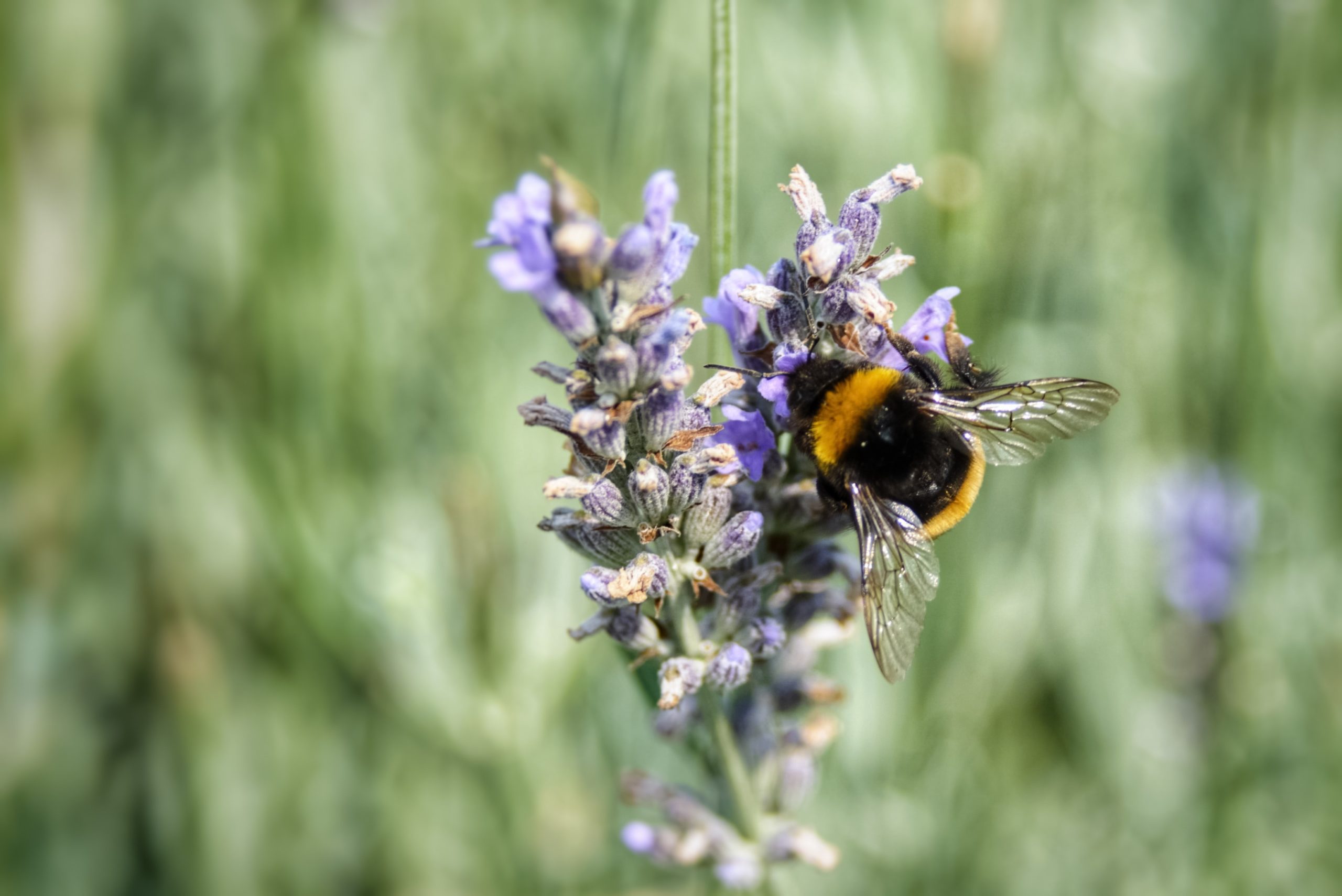
Bumblebees Could Be Extinct Within Our Lifetime
- Thomas Nelson
- February 10, 2020
- Nature
- 0 Comments
The decline of pollinator populations is not a new story. Researchers have witnessed phenomenon such as colony collapse disorder for years, and in 2017, the rusty patched bumblebee was listed as endangered. They now think that bumblebees could be extinct within our lifetimes if we don’t act fast.
A new study out of the University of Ottawa shows that “bumblebees are disappearing at rates consistent with a mass extinction.”
“Bumble bees are the best pollinators we have in wild landscapes and the most effective pollinators for crops like tomato, squash, and berries,” says Peter Soroye, a PhD student in the Department of Biology at the University of Ottawa and lead author of the study.
“Our results show that we face a future with many less bumble bees and much less diversity, both in the outdoors and on our plates.”
Bumblebees could be extinct sooner than we think
Soroye and his team’s findings point to climate change, warmer weather, and unpredictable weather patterns as a leading cause of the decline of bumblebees. Researchers looked at data in North America and Europe from 1900 to 2015 and were able to see bumble bee populations declining in areas that had become hotter due to climate change.
“We found that populations were disappearing in areas where the temperatures had gotten hotter,” Soroye said. “Using our new measurement of climate change, we were able to predict changes both for individual species and for whole communities of bumble bees with a surprisingly high accuracy.”
Related Post: Massive Bee Die Offs In Brazil Alarm Experts
Worst of all, Soroye’s study concludes that we can lose bumblebees for good within the next few decades if we aren’t able to take action and save them. “If declines continue at this pace, many of these species could vanish forever within a few decades,” says Soroye.
There is good news for the bumblebees
Remarkably though, there is good news amid all this sadness. The way researchers measured the decline of bumblebees is new and potentially highly accurate. Because of this, scientists may be able to better predict extinction risks based on geography and how the local climate changes.
“Perhaps the most exciting element is that we developed a method to predict extinction risk that works very well for bumble bees and could in theory be applied universally to other organisms,” Soroye said.
“With a predictive tool like this, we hope to identify areas where conservation actions would be critical to stopping declines.”
By knowing exactly what areas need special attention for conservation, researchers and conservationists can make educated decisions that can save numerous species that are threatened by climate change.
Ultimately, it’s up to humans to stop and reverse human-caused climate change.

